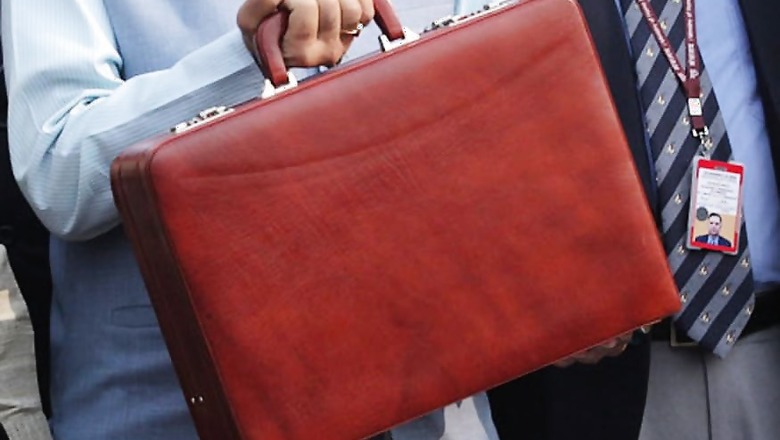
views
The word ‘Budget’ comes from the French word ‘bougette’ meaning a bag. Perhaps in yesteryears, all the wealth one needed could fit into a bag.
Perhaps the finance ministers of those times started the tradition of bringing the following year’s budgetry allocation in a bag and announcing it in a grand ceremony. If true, it is remarkable that this tradition is still being followed even now, several centuries later. Only the 'bag' has been replaced by 'suitcase'.
Could we to travel back in time and imagine how the first ever budget in pre-Independence India was announced? Who was our first ever Finance Minister?
The farthest we can travel to find a job profile that sounds like that of the portfolio that Arun Jaitley holds today, is the 16th century, the times of emperor Akbar. Raja Todarmal, one of the navratnas in Akbar’s cabinet held a similar profile. He is perhaps the first finance minister of was the Indian empire. Although the empire then followed a different calendar, the idea of listing the major expenses and income sources at the beginning of the year remained the same.
Rummaging through the records of those times, we find that India’s first finance minister also introduced massive land reforms. He had emphasized on ways of mapping India’s agrarian land, estimating the revenues from the crop yields, which used to be one of the main sources of the national treasury. More than four hundred years later, farming still remains the mainstay of India and is the source of livelihood for 60% of India.
Todarmal introduced a new term while shaping India’s budget and finances for the first time, he called it ‘zabt’ or ‘dehshaala’; words that some of us continue to use till date. Todarmal used these words to find out crop yields for the last 10 years and calculate their average tax returns. This gave him a base to decide tax structures for the following years. One fourth of the income earned from agriculture was to be handed over to the then government as taxes.
But collection of taxes, though still in its primitive stages, wasn’t that simple either. Taxes were collected after looking at the size and yield of each farmer. More taxes were levied from farmers that had been doing well for last several years and were looking at better fortunes ahead. This form of tax structure – of levying more from the rich – is still one of the living principles of our tax economy.
Raja Todarmal didn’t start off as Akbar’s finance minister only. Before he was at the court of the third Mughal emperor, Todarmal was employed in the services of Sher Shah Suri. This is where he worked out his first principles of economy and tax, and created the first written budgets and budget speeches.
Sher Shah Suri’s fame of being one of the most financially prudent emperors of India’ owes itself partly to the wisdom of Raja Todarmal. It was during Suri’s time that one of the longest roads in the empire – the Grand Trunk Road – was built. Suri is known to have used collected taxes to consolidate his empire by investing heavily on infrastructure projects. Toll tax was introduced for the first time during his reign.
It was owing to Todarmal’s financial advice that the system of barter was replaced with cash. The name of our currency ‘Rupee’ comes from the word ‘Rupaya’ which was what silver coins issued at that time – India’s first currency tokens – were called. Each silver coin used to weigh exactly 11.53 gms. ‘Mohar’ the name given to gold coins and ‘Paisa’ – the name given to copper coins also come from that time.
Well before the British empire, the practice of allotting maximum funds for the country’s defence was a laid out principles in some of our earliest budgets. From the time of Suri to Akbar to the empires and kings that followed them, followed the practice of allotting 40% of the budget to defence. This was of course because of the volatility of those times when wars, battles and invasions were launched unexpected and frequently.
In 1962 when India fought a war with China, the allocation of budget for national defence was 1.59%. But for the next 30 years the allocation was raised to 3%. Last year’s budget on defence – Rs 2.74 lakh crore – was in terms of total percentage of GDP one of the lowest allocation on this sector in the last many years.


















Comments
0 comment